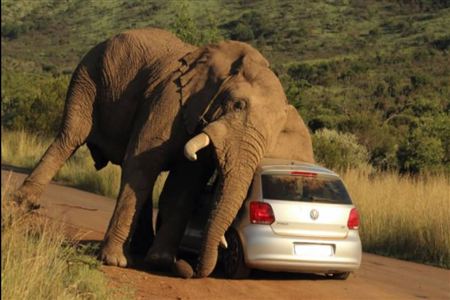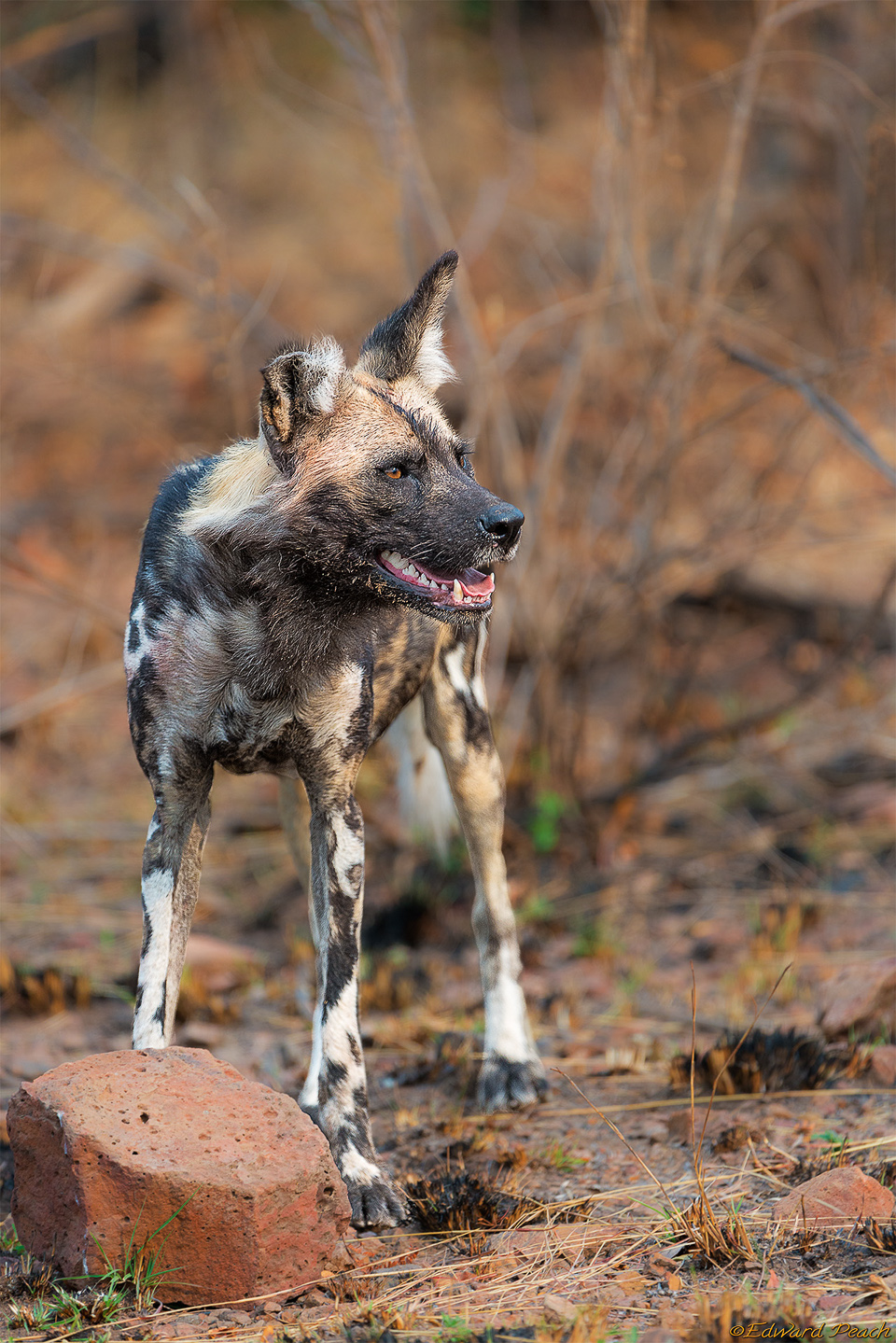

Wild dogs tend to avoid dense forest vegetations which often limit their hunting abilities, which mainly consist of them using their speed and endurance to take down their prey. HabitatĪfrican wild dogs prefer woodland and broken woodland habitats and are also associated with open plains and open savanna woodland. It is estimated that roughly around 3000-5000 African wild dogs remain, with the majority being found in East and Southern Africa.Ĭurrently, some of the best parks to view African wild dogs are Mana Pools National Park, South Luangwa National Park, Okavango Delta, Madikwe Game Reserve, Tswalu Kalahari Game Reserve, Kruger National Park and Selous Game Reserve. DistributionĪfrican wild dog populations have experienced a dramatic decline over the last century, and although once distributed throughout Africa - south of the Sahara, excluding rainforests and deserts, they have now been extirpated from much of their range. Throughout their distributional range no two patterns are exactly the same, with each individual having unique patterns on their body. Characteristic features are the large rounded ears, long legs, bushy, broadly white tipped tails and the shaggy coats with blotches of black, yellow and white. The African wild dog is unmistakeable among the medium-sized carnivores. Private Migration Safari in Tanzania & KenyaĪfrican wild dogs, also known as painted wolves or Cape hunting dog, are one of Africa's most endangered predators.Family Friendly Madikwe and Marataba Safari.

In The Footsteps of East African Tribes.Sabi Sabi and MalaMala Wildlife Photography Seminar.Masai Mara Wildlife Photography Workshop.Serengeti and Masai Mara Migration Safari.Exclusive Amboseli & Mara Kicheche Safari.Sabi Sabi and MalaMala Photographic Seminar.call toll-free: 888.227.8311 or email us today In addition to expanding knowledge of the species, the study will identify villages within or close to the home ranges of wild dog packs so that an intensive vaccination program for dogs can be implemented in these villages, reducing the risk of disease transmission to wild dogs. Identifying suitable habitat for wild dog reintroduction programs.Identifying and avoiding dominant individuals when capturing wild dogs for relocation.Efficacy of bio-fences and synthetic scent boundaries to manage wild dog movement patterns.The study will pay particular attention to scent marking and dietary habits, and the role that these play in the wild dogs' spatial ecology the results could have significant implications for future conservation efforts: This is one of Africa's largest and most pristine wildlife sanctuaries, and a bastion for the survival of the African wild dog as a species. The goal of this project is to better understand movement patterns and spatial ecology of African wild dogs in northern Botswana, including the Okavango Delta and Chobe/Linyanti ecosystem. goats and calves) are preyed upon by wild dogs, and it brings wild dogs into contact with domestic dogs which can be vectors for fatal diseases such as rabies and canine distemper (to which wild dogs appear to be particularly susceptible). Not only does the continual encroachment of agricultural activity into these wilderness areas deprive wild dogs of habitat and natural prey species, but it also creates conflict with humans as small production animals (e.g. As a result, their home ranges are massive, and they require vast wilderness areas to survive. The ecological niche occupied by the wild dog is that of "hit and run" predator - they are so voracious and successful as hunters that a pack of wild dogs must continually be on the move to avoid depleting prey species and attracting the attention of larger competitive predators such as lions and hyenas. The challenges facing the wild dog are numerous and overwhelming, stemming largely from competition and conflict with an expanding human population. The African wild dog (Lycaon pictus) is one of Africa's most endangered carnivores - there are estimated to be fewer than 6,000 individuals left in the wild, and the species is at very high risk of extinction. African Wild Dog Spatial Ecology in the Okavango Delta


 0 kommentar(er)
0 kommentar(er)
